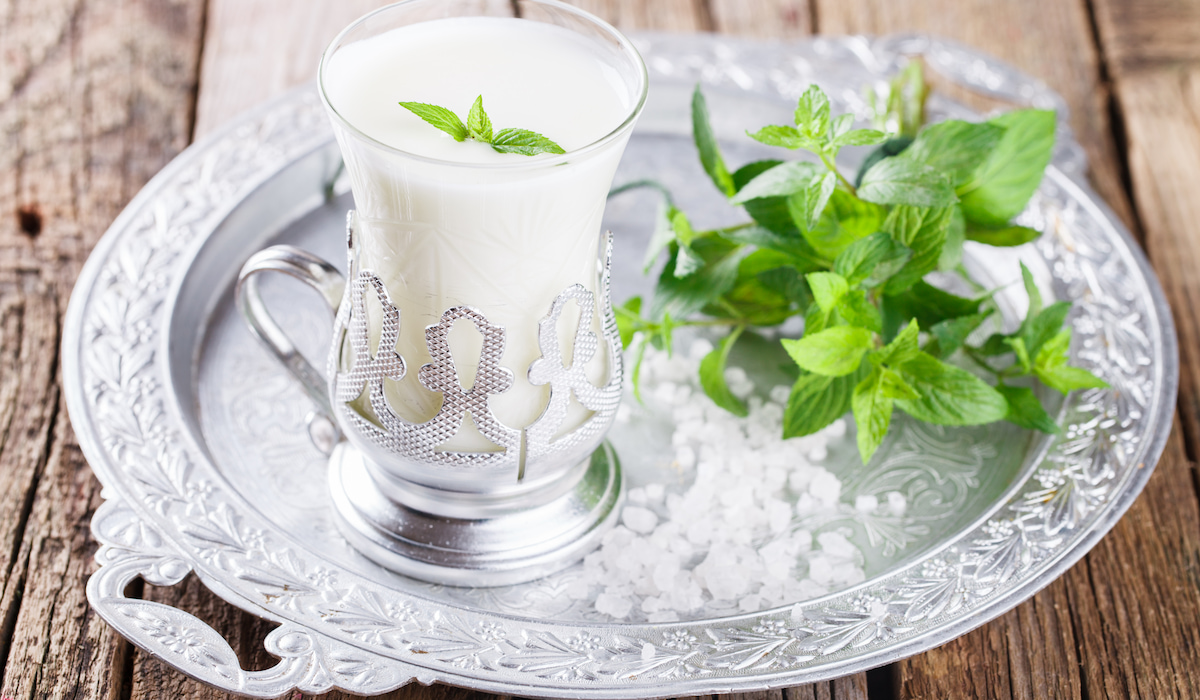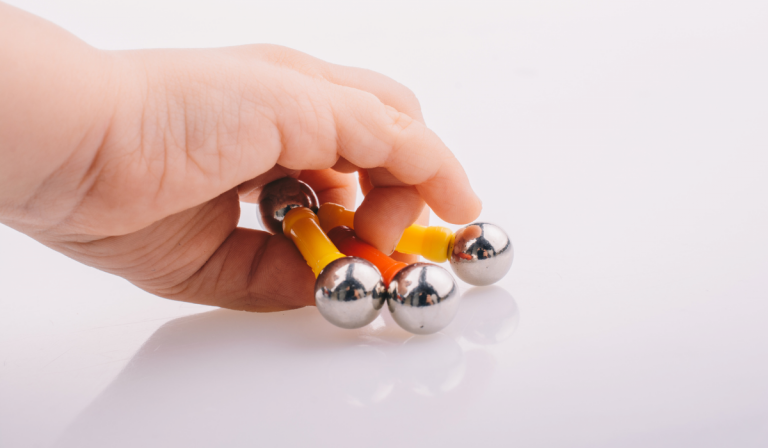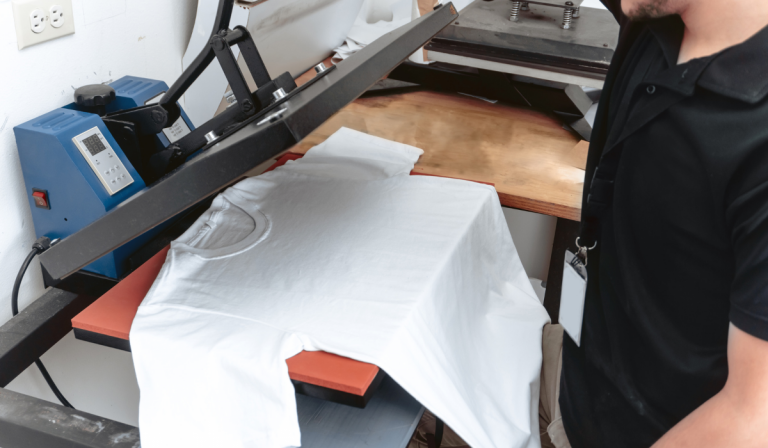Is Buttermilk Supposed to Smell Sour? 19 Facts About Buttermilk
When you bake or cook and happen to come across a recipe that calls for buttermilk, the first thing that comes to mind is butter and milk. But that’s not exactly right. Buttermilk is a rich tasting, fermented dairy drink that is a popular baking ingredient. It is a useful and versatile ingredient in the kitchen.
Buttermilk adds a tangy flavor and creaminess to your dishes. When you hear buttermilk, it sounds like something rich in fats and calories.
But buttermilk is actually lower in fat and calories than regular milk. That is just one interesting fact about buttermilk and if you want to know more, here are other 19 important facts about buttermilk.
1. What is Buttermilk?

A traditional buttermilk is a rich tasting, fermented dairy drink that is leftover after churning butter from cultured cream. Although today in Western countries, cultured buttermilk is more common.
2. Is Buttermilk Supposed to Smell Sour?
Buttermilk isn’t supposed to smell sour but it does have a light vinegar smell. Fresh buttermilk should smell tangy and buttery.
If it does smell sour, it means it has spoiled.
3. What Is the Difference Between Cultured and Churned Buttermilk and How Is It Made?
Churned buttermilk is a natural and traditional buttermilk which has been strained after churning butter from cultured cream. Churned buttermilk is common in countries such as India, Pakistan and other Arab countries and is rare to find in most Western countries.
Cultured buttermilk are more common in Western countries and is the kind you mostly find in the grocery stores. Cultured buttermilk is a cultured and fermented milk product that is more tangy, thick and acidic than the churned buttermilk.
Cultured buttermilk is made by adding acid producing bacteria to low-fat milk, heating it and fermenting it for 12 hours or more.
4. What Is Buttermilk Made From?
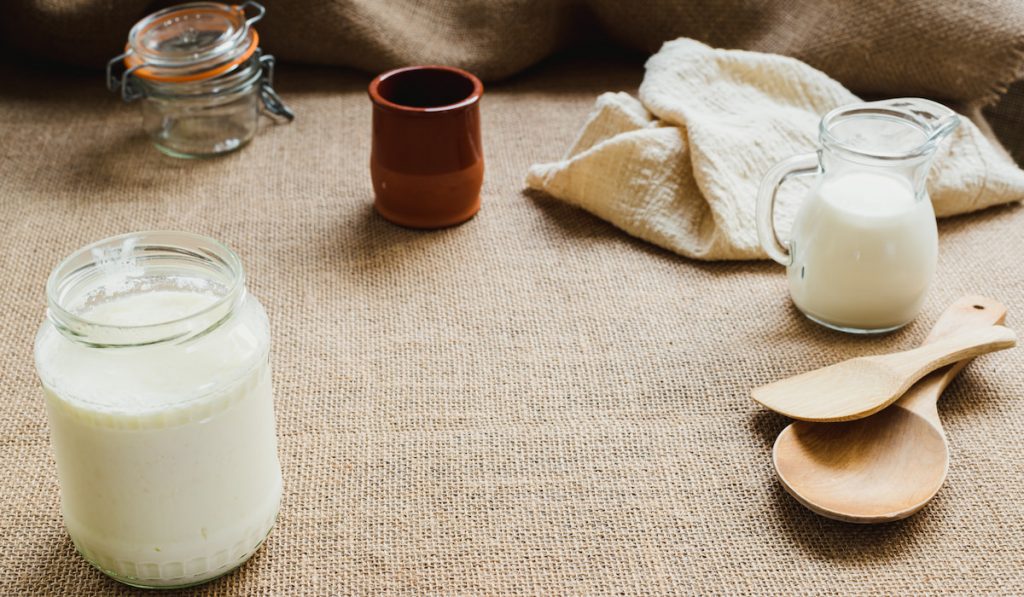
Cultured Buttermilk is made up of water, milk sugars, milk proteins and a small amount of fat and is considered as a low-fat dairy drink. Buttermilk has a variety of acids that give it a tangy flavor.
5. What Does Buttermilk Taste Like?
The taste of cultured buttermilk has a slight resemblance to the taste of yogurt. It has a slightly sour, creamy and buttery taste. Churned buttermilk has a sweeter flavor than cultured buttermilk.
6. What Color Is Buttermilk?
Buttermilk has a creamy yellow color, much like pale yellow.
7. Is Buttermilk Supposed to Be Thick?
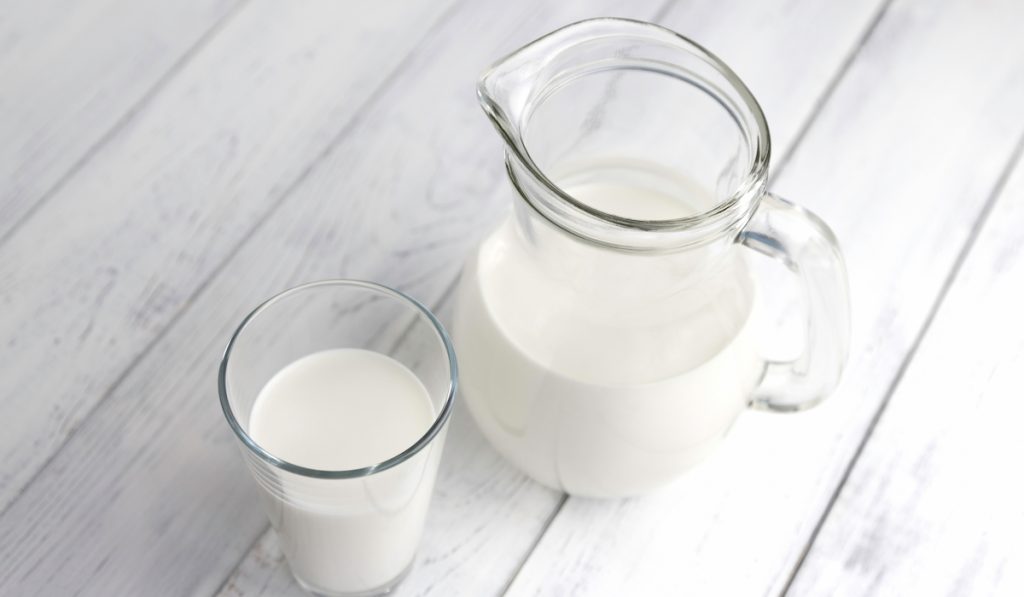
Buttermilk is slightly thicker than regular milk although not thicker than cream. Churned buttermilk is thinner than cultured buttermilk. Buttermilk tends to have small lumps and clumps that can be mixed and stirred away before using it.
8. How Long Does Buttermilk Last?
The shelf life of fresh buttermilk is at least a week or up to two weeks after opening it and if it is stored properly. Buttermilk lasts longer than any other dairy products.
It has a longer shelf life due to the fermentation. During the fermentation process, the milk sugars convert into lactic acid which discourages the growth of dangerous bacteria giving buttermilk a longer shelf life.
Buttermilk can be frozen and put into portioned containers and can be used within three months. Although freezing buttermilk might alter the consistency and can create a bit of clumping, it will still retain its acidity content.
So frozen buttermilk isn’t good for drinking and adding to any uncooked recipes but is still good for marinating.
9. How To Store Buttermilk?
To properly store buttermilk, store it in the coldest area in your refrigerator in its original packaging. It is best to store it at the back area of the refrigerator where it is the coldest and refrain from placing the buttermilk near the door of the fridge because of temperature fluctuations.
Buttermilk needs to be kept cold so avoid leaving it at room temperature. Shake the buttermilk before using it as the solids tend to separate from the liquid.
10. How to Tell if Buttermilk Is Bad?
To know if buttermilk has gone bad, check the smell, texture and the way it looks. A good indicator if buttermilk is bad is if it has a strong and sour smell.
Spoiled buttermilk will develop a chunky and thicker texture that would be difficult to pour. Also check for slight discoloration and for visible mold on the surface and around the lid. If these indicators are on your buttermilk, it is time to throw it out.
11. Is Buttermilk Good for You?
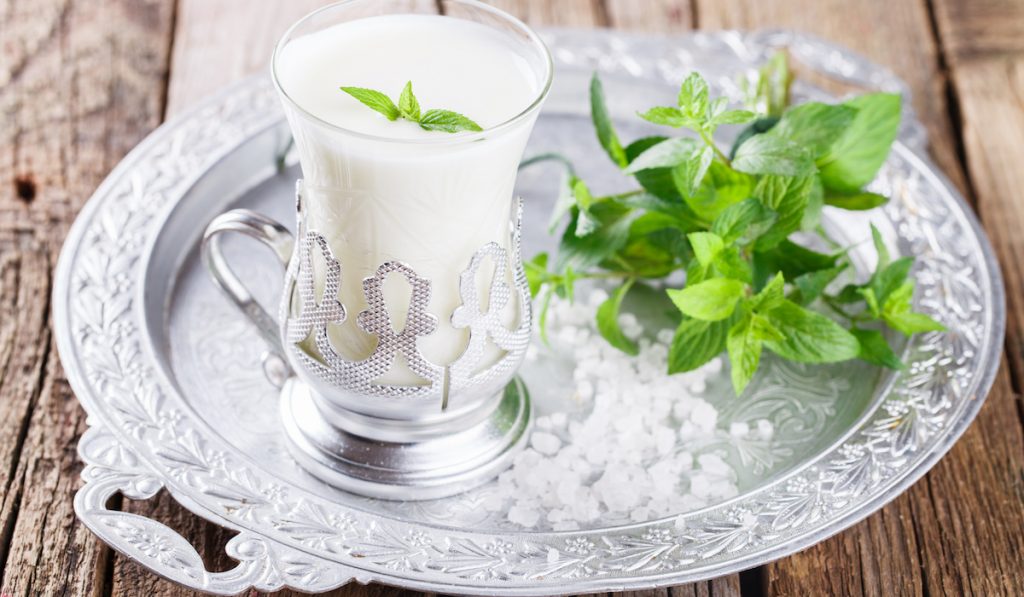
Buttermilk is a healthier alternative to regular milk and is lower in calories and fat and contains more protein.
Buttermilk is a good source of vitamins, minerals and calcium that helps maintain strong bones. Other than that, buttermilk is high in vitamin B12, phosphorus and potassium.
12. Is Buttermilk a Probiotic?
Buttermilk is a good source of probiotics which help in aiding digestion and promoting gut health. It has active bacteria found in probiotics and is more easily digestible than milk. Although if you cook with buttermilk, it will destroy the live cultures.
13. Is Buttermilk Fermented?
Buttermilk is fermented with active bacteria in a controlled environment. The process of fermentation gives the buttermilk the thicker texture due to the acid it created during fermentation.
14. Is Buttermilk Lactose Free?
Buttermilk is not a lactose-free product although it has a lower amount of lactose compared to whole milk. Buttermilk contains lactic acid and active cultures which help in breaking down and digesting lactose.
15. Is Buttermilk Considered Dairy?
Buttermilk is considered dairy as it is a fermented dairy product.
16. What Is Buttermilk Used For?
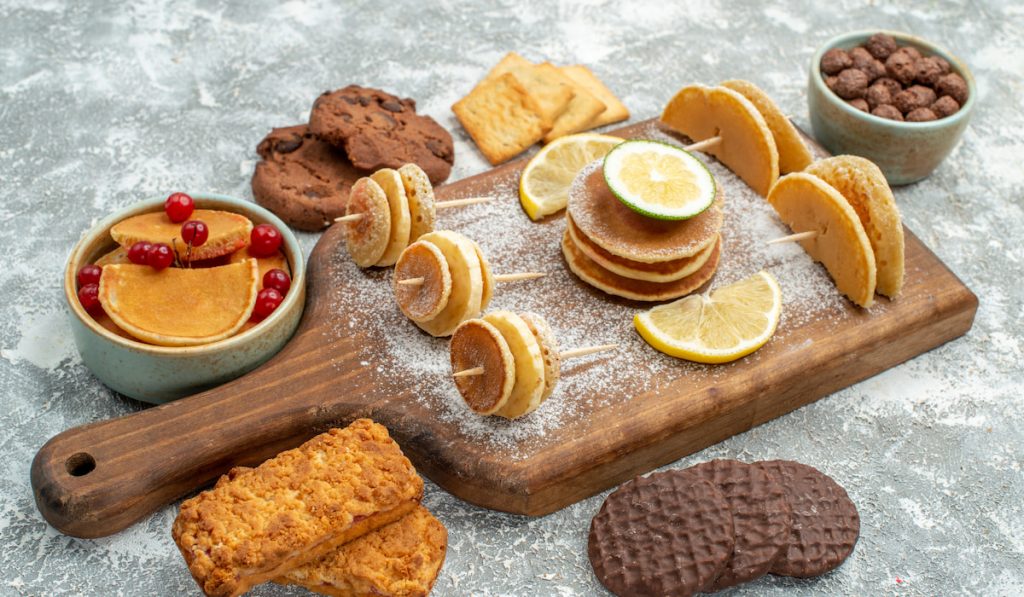
As a versatile ingredient, there are many ways to use buttermilk. Buttermilk is used for baking and making waffles, cakes, pancakes, and muffins.
The buttermilk activates the baking soda which helps the batter to rise making baked goods more tender. It can also be used in marinades such as poultry and meats as it adds flavor to the meat and tenderizes it.
Buttermilk is a good addition to gravy, mashed potatoes, and fried chicken recipes. It can be used as a substitute for vinegar in salad dressings. Buttermilk tastes good by itself and can be drunk as a beverage and is best consumed chilled.
17. How Do You Cook With Buttermilk?
When cooking with buttermilk, you have to heat the buttermilk separately in a different saucepan over medium to low heat. Buttermilk curdles if it is heated too quickly.
18. What Is Powdered Buttermilk?
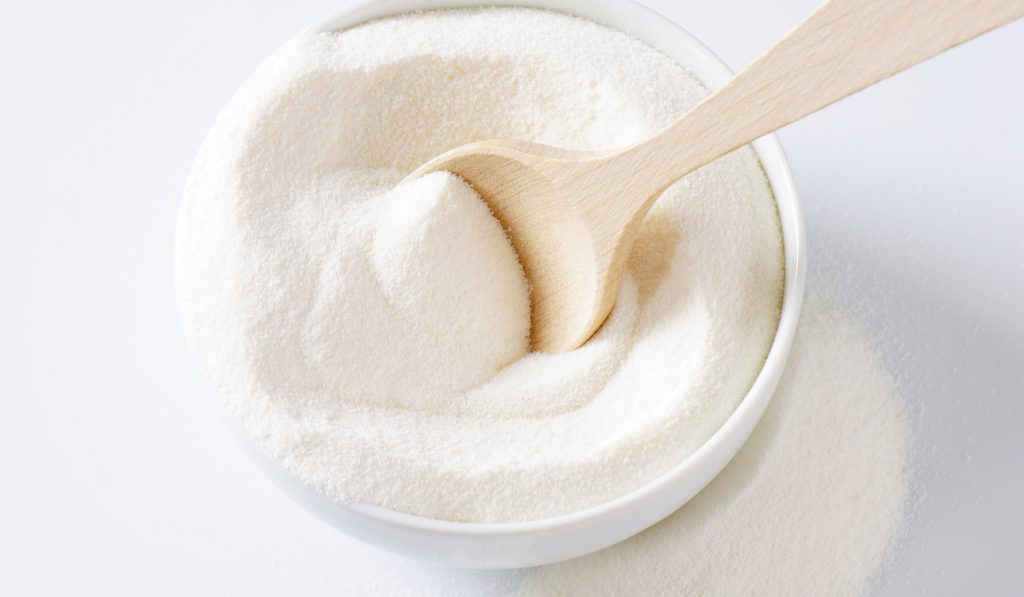
Powdered buttermilk is made from buttermilk that has been dehydrated until it creates a fine powder. Its texture is similar to powdered milk or flour and is a good option to have if you do not use buttermilk often.
Powdered buttermilk is suited for baking and not recommended for drinking. It has a long shelf life and can be stored at room temperature for up to two years when stored properly.
19. What Can Be Substituted for Buttermilk?
If you do not have buttermilk and need it in your recipe, you can definitely substitute it with milk, lemon juice or white vinegar.
For a cup of buttermilk, you can take one tablespoon of lemon juice or white vinegar and fill with milk to make one cup. Stir the mixture and let it rest for at least 5 to 10 minutes to let the mixture curdle and thicken slightly.
Resources:
- https://www.healthline.com/nutrition/buttermilk#benefits
- https://www.thespruceeats.com/what-is-buttermilk-1806998
- https://www.foodnetwork.com/how-to/packages/food-network-essentials/what-is-buttermilk
- https://www.countryliving.com/food-drinks/a30273717/what-is-buttermilk/
- https://lactosefree101.com/buttermilk-lactose-free/
